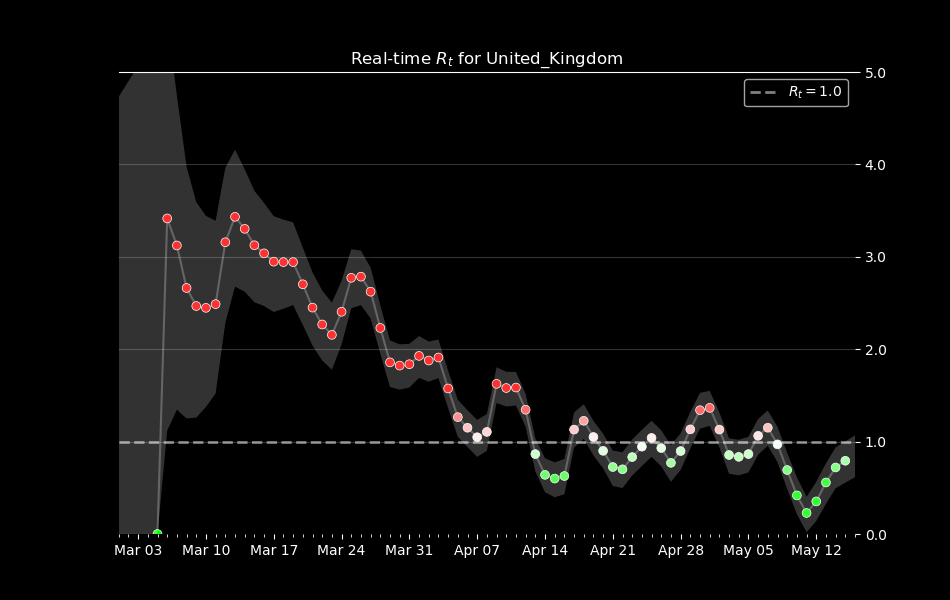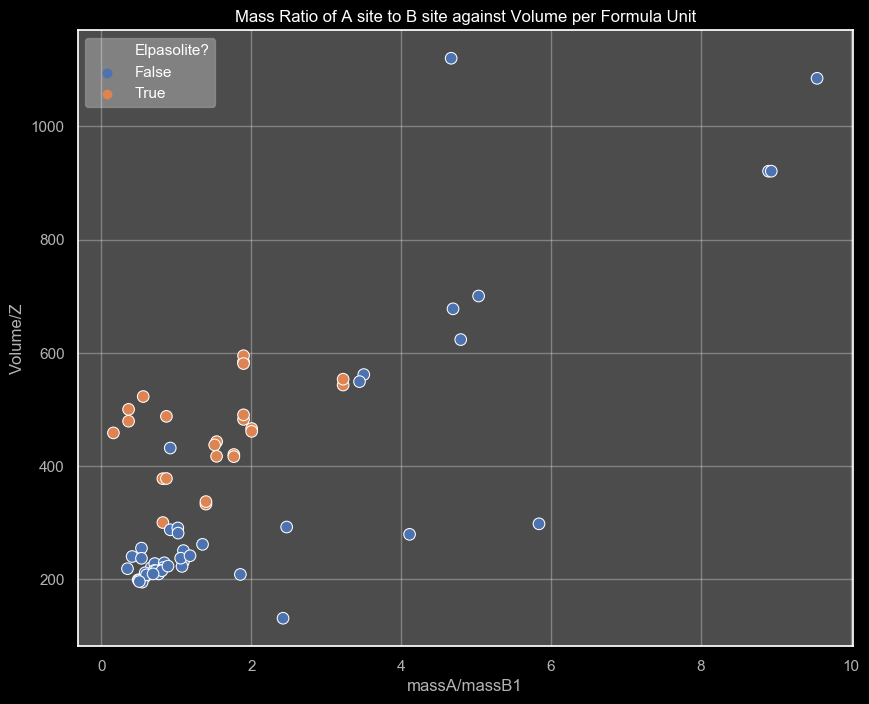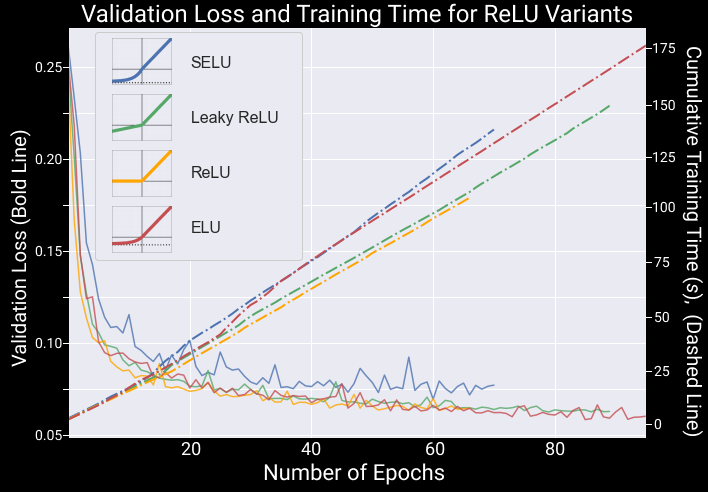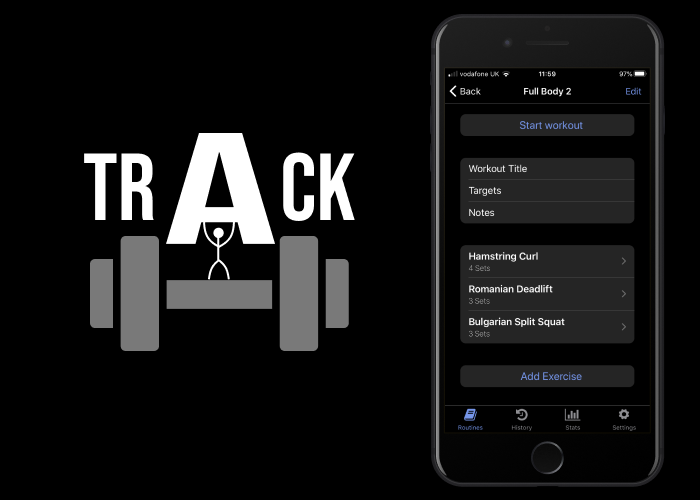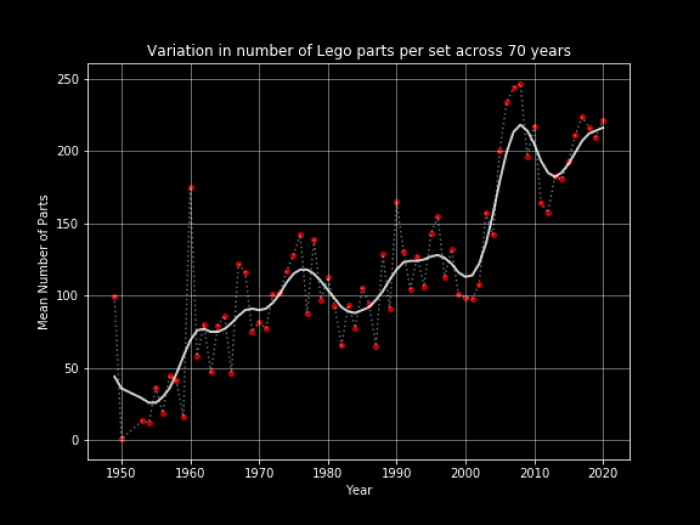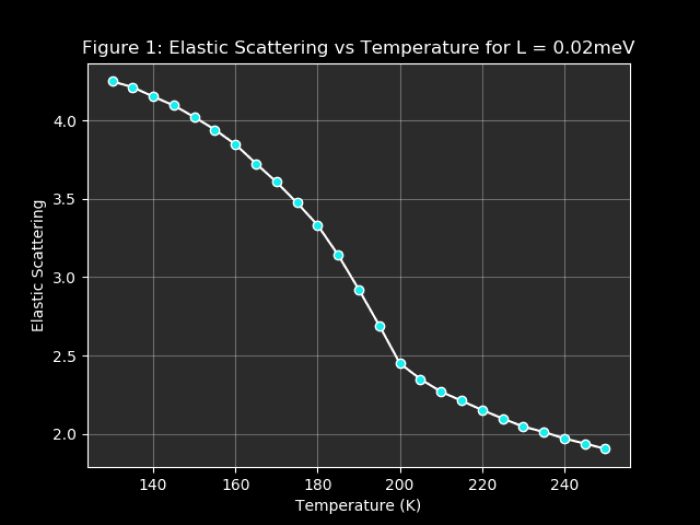Who am I?
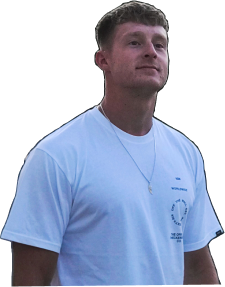
I'm Oli, a Physicist disguised as a Data Scientist. Feel free to skip
the pleasantries and
take a look at my projects.
I have 3 years of professional experience in Data Science, currently leading a team of two other Data Scientists. I graduated with a First Class Honours degree in Physics from Queen Mary University
of London, and was awarded Principal's Prize for outstanding academic achievement.
I have worked on various projects ranging from Generative AI, to Data Analysis and Visualisation, Conversational AI using Natural Language Processing, and much more.
This portfolio contains some of my favourite projects that
I have worked on throughout my professional career and my studies.
Key Technical Skills
Python (Pandas, Scikit-Learn, NumPy, Matplotlib, Keras)
Artificial Intelligence
Cloud Computing (Microsoft Azure, AWS)
SQL
Power BI

